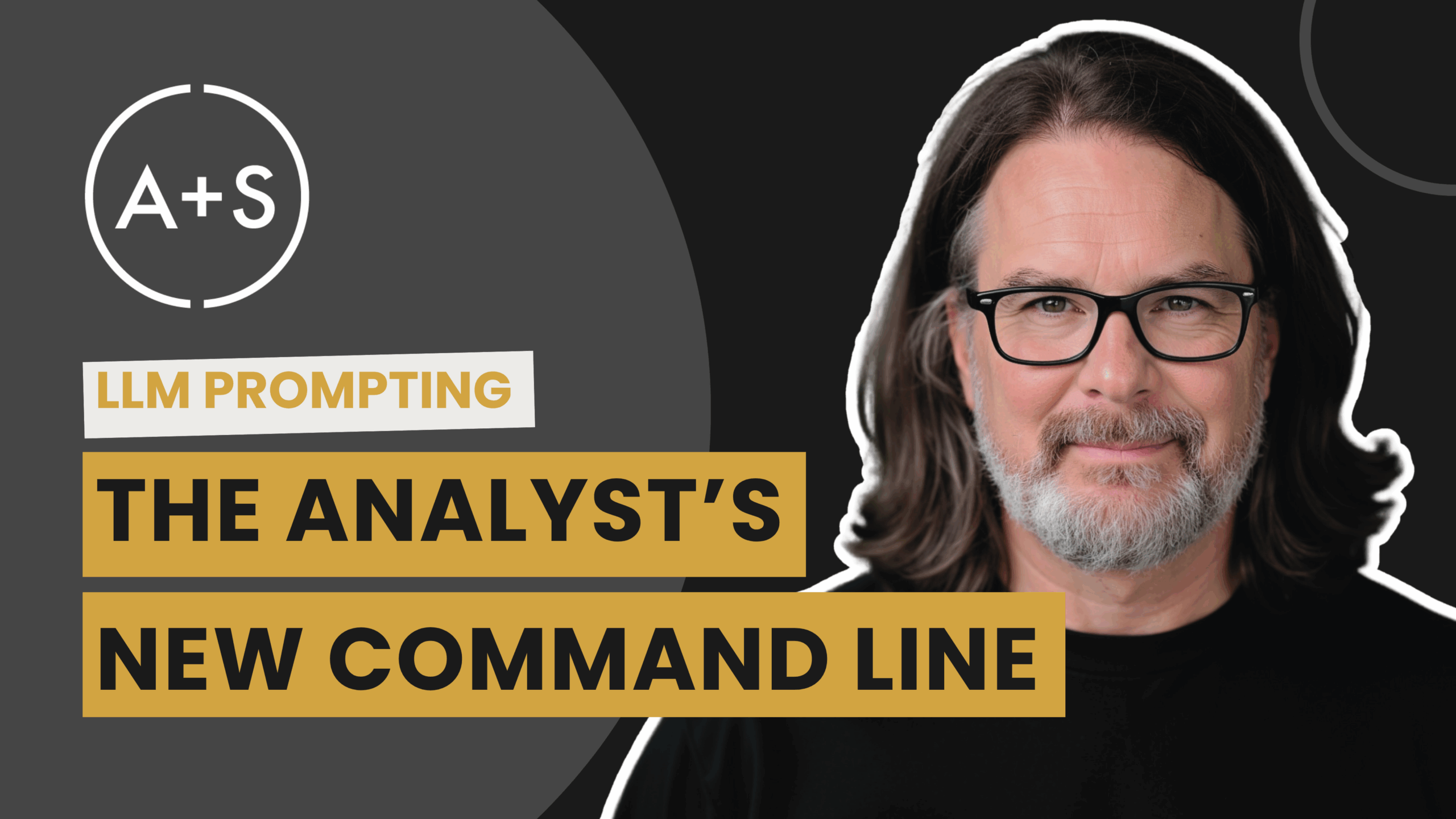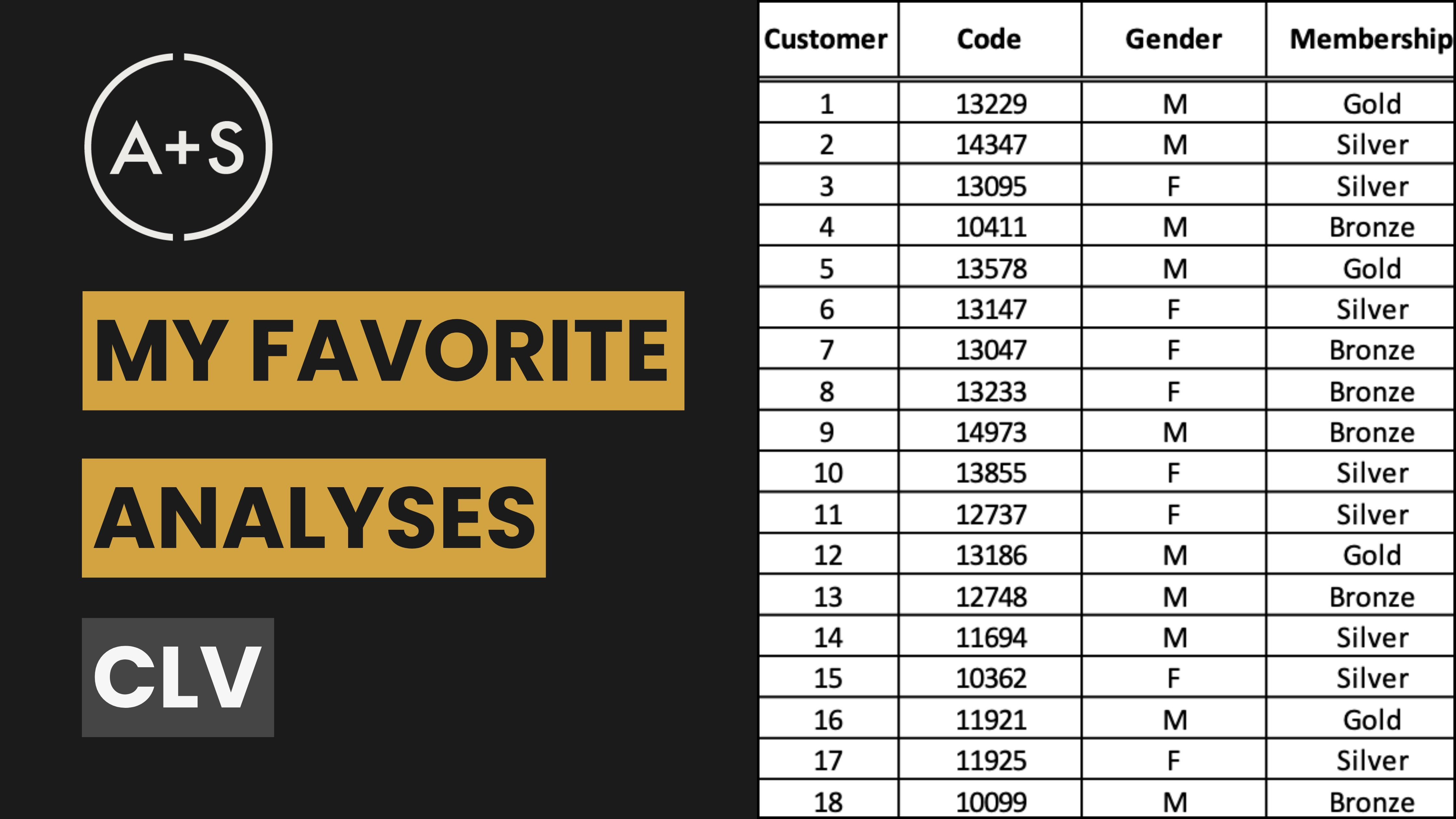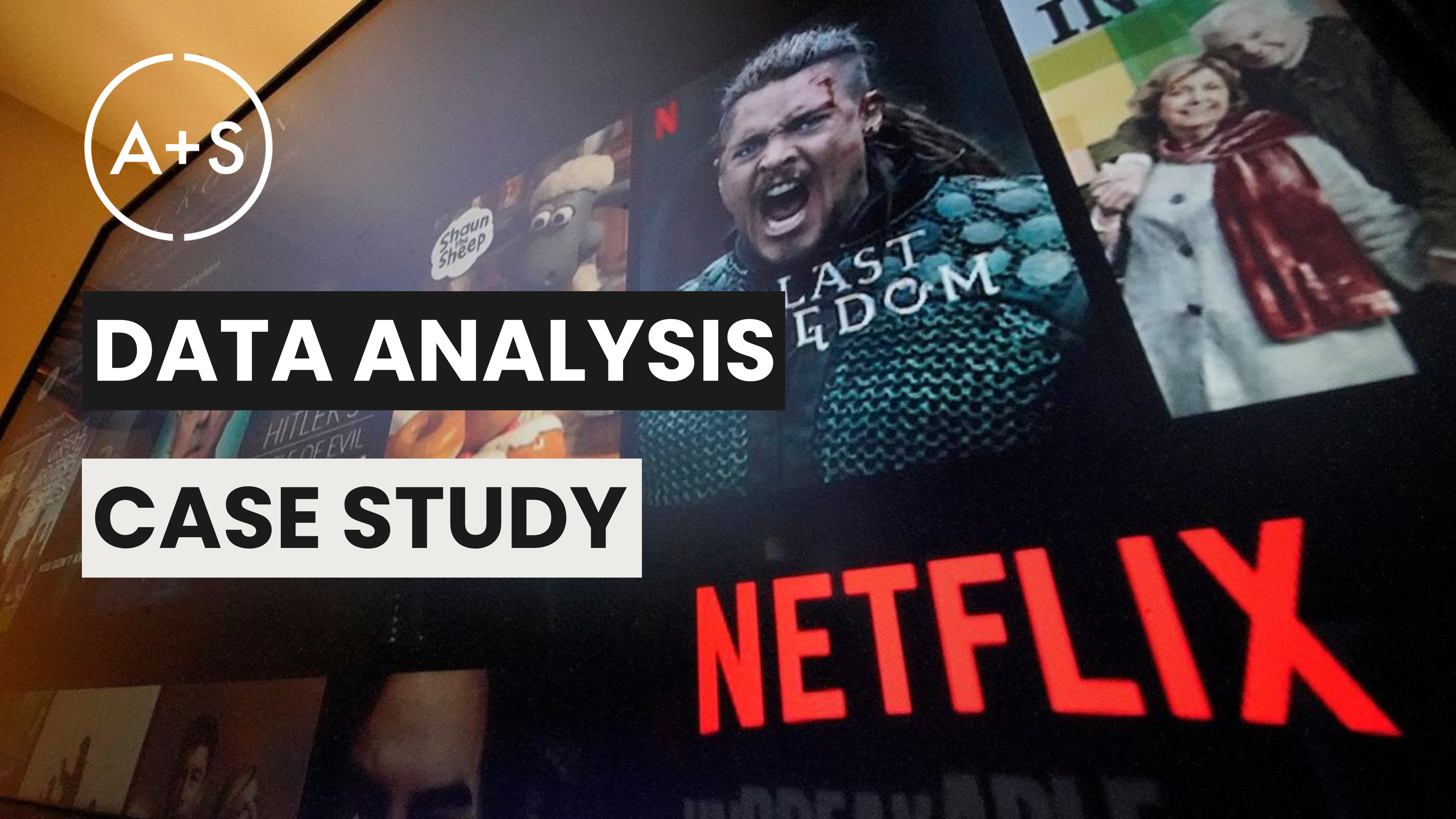Last week, I told you to get off the melting iceberg. The repetitive, rule-based work of the Operator quadrant in my Human-AI Career Nexus is being automated. This is not a threat. It is an opportunity to focus on what matters: investigation, design, and innovation.
Many of you know this. You are using powerful Large Language Models in your practice today. Yet you are disappointed with the results. You ask for analysis and get generic summaries. You ask for code and get a buggy, simplistic script. You treat the most powerful prediction engines ever created like a slightly better search engine, and you get vague, useless, and (often) made up output.
The problem is not the tool. The problem is your approach. You are asking, not directing. Prompting is not a soft skill. It is the fundamental discipline for leveraging artificial intelligence. It is the new interface for high-value analytical work. Mastering this skill is how you evolve from an operator to an architect of insight.
FIRST THINGS FIRST
“Prompt engineering” is the process of designing high-quality instructions to guide an LLM toward a desired outcome. Let me say right off the bat that I absolutely hate that term. Why? Because the inclusion of the word “engineering” gives rise to a role of “engineer” which implies a specialized, deeply technical skill. It is a word the tech industry has used to separate and elevate a professional class of people (i.e., trained software engineers) while making their work appear more inaccessible than it really is.
In the context of LLMs, anyone who opens ChatGPT or Gemini or any other tool enters prompts. There is no elevated class of people highly tuned and trained with the required skills to make the LLM operate. Everyone — by its definition — is a “Prompt Engineer”. It’s a silly distinction. It’s as silly as saying anyone who uses Google Search is a “Search Engineer”. So, congratulations, you’re a Prompt Engineer, along with over half of the world’s population.
Now, just because you’re a prompt engineer doesn’t mean you’re good at it. And to become good at it you must first understand the tool. An LLM is a prediction engine. It makes a probabilistic guess about the next word in a sequence based on the input you provide. Your prompt should not ask a question. It sets up the problem so the model can predict the correct answer. Clear instructions lead to better predictions.
THE CORE CONCEPT
Think of it this way. A novice analyst approaches a master detective and says, “What’s going on with our declining sales?” The detective hands them a stack of unrelated case files. The result is confusion. This is a bad prompt. It is lazy and lacks direction.
A professional analyst acts differently. They approach the detective and issue a directive. “Here is the timeline of the sales decline. Here is the customer segment data. Here is the competitor activity report. Here is the code snippet showing our database schema. Now, act as a forensic accountant and identify the three most likely drivers of this decline, supported by the evidence provided.”
This is a powerful prompt. It provides context, defines a persona, and sets a clear goal. It transforms the AI from a passive librarian into an active, intelligent asset. You are no longer asking for information. You are leading an investigation. This is the core of effective prompting. It is a shift from asking to directing.
STRATEGIC FRAMEWORK
Prompting is a structured process. It is not random artistry. To get consistent, high-value output from an LLM, you must build your prompts with discipline. I call it the Command Framework. It has three pillars.
- Define The Mission Start with a clear, explicit goal. Use a precise action verb. Do not say “help me with this data.” Say “Analyze this dataframe,” “Generate a Python script,” or “Brainstorm five hypotheses.” Then, state the business objective. The LLM must know why it is performing the task. “Generate a Python script to identify customers at high risk of churn.” The mission is the combination of a specific task and a clear business purpose. Without it, the AI is flying blind.
- Arm The Asset An LLM knows nothing about your specific problem. You must provide it with the necessary intelligence. This means arming it with context and a clear persona. The persona defines its expertise and works with the way the LLM has been trained through reinforcement learning. “Act as a senior data analyst specializing in e-commerce subscription models.” The context provides the critical facts. This includes the target audience for the analysis, the structure of your data, or key business rules. Another effective technique is to provide examples of what “good” looks like. Show it a sample of the desired output. Arming the asset removes ambiguity and focuses the LLM on your precise needs.
- Set The Rules Of Engagement You control the output. You must set explicit rules and constraints. This is about defining the exact format and boundaries for the response. Demand a specific structure. “Output the results as a JSON object.” “Format the output as a CSV file.” “Write in a tone that is friendly and engaging.” You must also use negative constraints. Tell the AI what not to do. “Do not use any libraries outside the standard installation.” “Exclude customers who signed up in the last 30 days.” “Do not include citations or text formatting in the output.” Setting these rules ensures the output is not just correct, but immediately usable. Setting these rules ensures the output is not just correct, but immediately usable. A powerful technique is to structure your prompt with clear tags, like
<context>or<instructions>, to signal the different parts of your command to the AI. This removes ambiguity and directs the tool’s predictions with greater accuracy.
THE ANALYST’S PLAYBOOK
This framework is your path to transforming the LLM from a novelty into a force multiplier. Here is your playbook to put it into action immediately.
1. Build Your Persona Library. Stop starting every prompt from scratch. Create a document where you store pre-built personas for your most common tasks.
- “You are an expert R developer specializing in data wrangling with dplyr. Your code is clean, efficient, and well-documented.”
- “You are a data visualization consultant. You create clear, compelling charts that are suitable for an executive audience.”
2. Provide Schemas as Scaffolding. Never ask an LLM to work with data it cannot see. This is the primary cause of hallucinated, non-functional output. For a table or dataframe, list the column names, their data types, and then paste in the first few rows as a sample. This gives the AI the structural blueprint it needs to write accurate and relevant code.
3. Use Few-Shot Prompting for Nuanced Logic. When a task relies on pattern recognition—like cleaning messy strings or categorizing text—showing is better than telling. Provide 3-5 concrete examples of the input and the desired output. This trains the AI on your specific logic.
- Example for cleaning data: Give it examples like
Input: "U.S.A." -> Output: "US"andInput: "Germany" -> Output: "DE". Then give it a new, messy input to process. - Example for categorizing feedback: Show it examples like
Input: "The app is too slow." -> Output: "Performance Complaint". Then give it a new comment to categorize.
4. Master Chain-of-Thought for Complex Analysis. When you need the AI to think, not just do, command it to work step-by-step. Use the phrase “Let’s think step-by-step” to force it to break down the problem, outline its reasoning, and then execute the solution. This transforms the LLM from a black box into an interpretable partner.
- “Walk me through a step-by-step plan to analyze why customer churn rate increased last quarter, starting with data exploration and finishing with a modeling approach.”
- “Outline a process for a competitive analysis of our top rival, thinking step-by-step.”
5. Demand Production-Ready Output. Raise your standards. Stop accepting messy first drafts. Command the AI to deliver production-ready work by adding formatting and quality requirements to your prompts.
- “Format the code with standard indentation to make it easy to read.”
- “Include a summary comment at the top of each function explaining its purpose, inputs, and outputs.”
- “Add comments inside the code to explain complex steps.”
You are the manager. The AI is your asset. Expect professional work.
FINAL THOUGHT
Artificial intelligence will not replace the valuable analyst. It will replace the lazy one.
The analyst who asks vague questions will get vague answers and fall behind. The analyst who masters the discipline of prompting will multiply their output, accelerate their insights, and become indispensable.
Your career trajectory is now a function of your ability to translate business problems into precise, effective commands. Stop asking, start directing. The answers you seek are on the other side of a well-crafted command.
Keep Analyzing!




